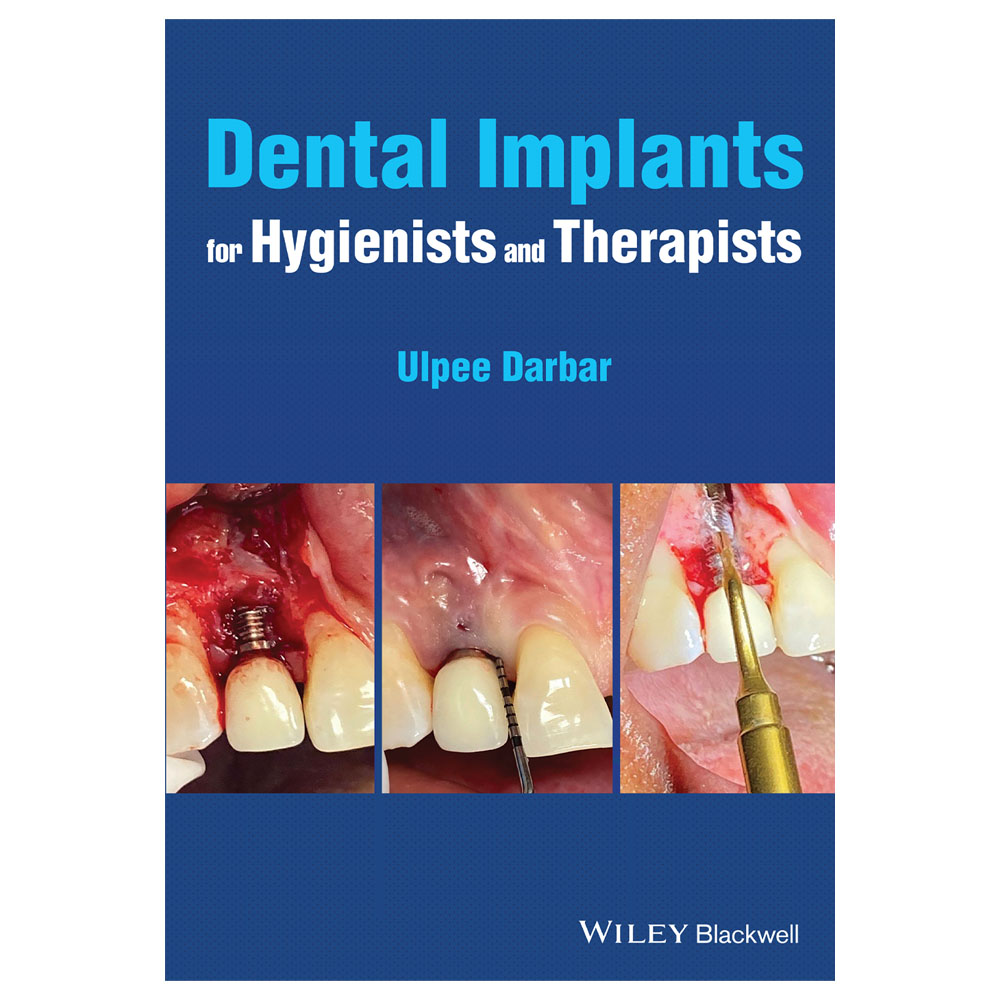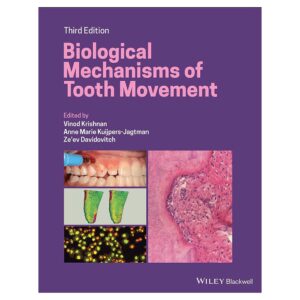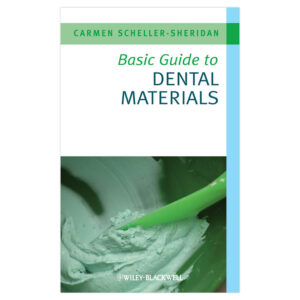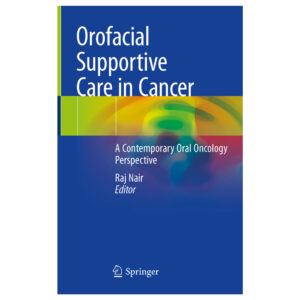توضیحات
The concept of dental implants dates as far back as 2000 BC when carved bamboo pegs were originally used to replace missing teeth. A dental implant is a prosthetic device made of alloplastic material implanted either into the oral tissues beneath the mucosal and/or the periosteal layer and/or within the bone to provide retention and support for a fixed or removable prosthesis. When inserted into the bone, the implants are called endo-osseous implants.
Around 3000 years ago, Egyptians used metal pegs to replace teeth, and it was not until the 1930s the concept of modern implantology came into existence with progressive development of methods used to replace missing teeth (Table 1.1). The materials from which dental implants are made should be biocompatible, corrosion resistant, and encourage bone ingrowth and biofunctionality. During 1939–60s the concept of the ‘in the bone’ (endosteal) implant arose with the first cylindrical endo-osseous solid screw implant with threads both internally and externally with a smooth gingival collar and healing cap being placed.
Following this during the 1940s, a spiral stainless steel post type endosseous implant with a design that allowed bone to grow into the implant emerged and Dahl in Germany, around the same time, introduced the concept of the subperiosteal implant with mucosal inserts (Figure 1.1).
This implant was made of cobalt-chromium molybedenum with a direct impression of the struts on the ridge crest taken to construct the denture. Throughout the 1940s–50s variations on the original Dahl design emerged in an attempt to make the provision of implants simpler and included the use of vitallium implants in 1948, the Linkow endoosseous blade vent implant in 1966 with different designs for the maxilla and mandible (Figure 1.2), the ramus frame implant in 1970, made of stainless steel (Figure 1.3) and mandibular transossteal implant which engaged the lower border of the mandible with inserts projecting into the mouth to support a prosthesis (Figure 1.4).
The ramus frame and tranossteal implants were predominantly designed for patients with atrophic mandibles who had difficulties wearing dentures and were used to aide denture retention to improve function.








هنوز دیدگاهی برای این محصول ثبت نشده است.